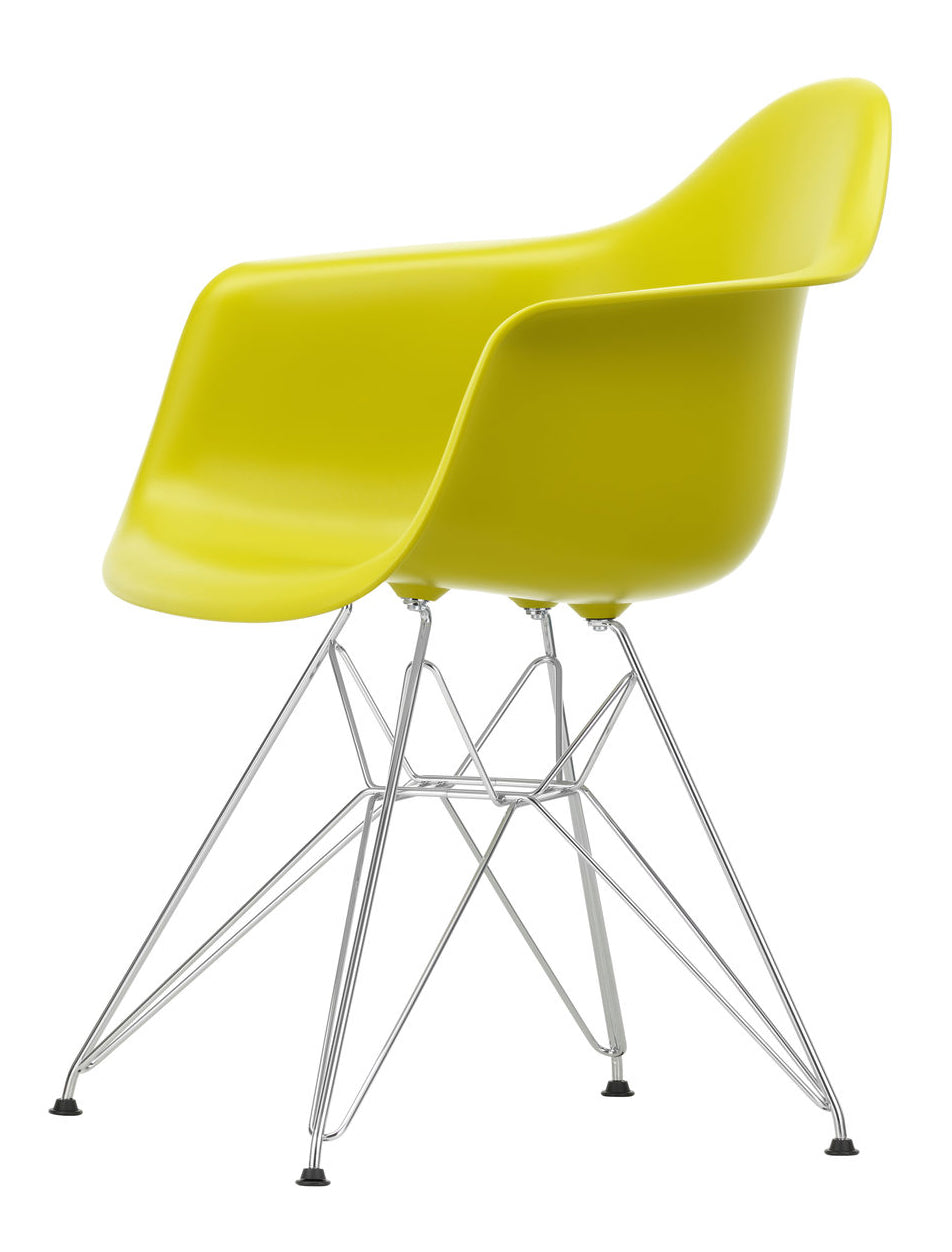
UI/UX design Guide
milo 317Share
Guide to UI/UX design focus on specific topic areas such as glogic structure including visual aesthetic. UI/UX design Style Guides are a design and development tool that brings cohesion to a digital user interface and its experience.
UX Design (User Experience):
What It Is: UX design focuses on how users interact with the system. It encompasses logical navigation and ensures a smooth, intuitive experience. Main Steps in the UX Process: User Research: Understand user needs, behaviors, and pain points. Defining User Requirements: Clearly outline what the system should achieve. Information Architecture and Wireframing: Organize content and create basic layouts. Prototyping and Interaction Design: Develop interactive prototypes. Visual Design and UI Elements: Enhance the visual appeal while maintaining usability. Usability Testing and Iteration: Continuously improve based on user feedback. Development and Implementation: Bring the design to life.Articles
UI/UX design
Typography builds brand recognition Typography is a interface design element UI/UX design Guide Anatomy of a Typeface Character Style Guide 3oneseven Typography & CSS Typography ThemeGuide to ui design
Typography
Typography is the most common interface design element, defining usability typefaces used in a product. Instructions for Titles, Subtitles, Headings (H1, H2, H3), Body Text, and Captions are mandatory.Guide to ui design
Heading & Text
Playfair Display Playfair lends itself to the late 18th century, period, and while it is not a revival of any particular design, it takes influence from the designs of John Baskerville and from ‘Scotch Roman’ designs.Guide to ui design
H1 Heading title
Aa - Heading
Open Sans Open Sans is a sans-serif typeface designed by Steve Matteson and commissioned by Google. According to Google, it was developed with an 'upright stress, open forms and a neutral, yet friendly appearance' and is 'optimized for legibility across print, web, and mobile interfaces.'The Open Sans font is currently the default typeface for Mozilla software. Like Roboto, Open Sans is considered a “humanist font,” as it was developed using oval shapes and stroke variations that give it a more human, familiar feel.
The Open Sans font consists of 10 styles: 300, 300italic, regular, italic, 600, 600italic, 700, 700italic, 800, 800italic and 7 charsets: greek-ext, cyrillic, vietnamese, greek, latin, cyrillic-ext, latin-ext.
This free typeface was designed with an upright stress, open forms and a neutral, yet friendly appearance. It was optimized for print, web, and mobile interfaces, and is incredibly legible.
Arial, sometimes marketed or displayed in software as Arial MT, is a sans-serif typeface and set of computer fonts. The Arial typeface was designed in 1982, by Robin Nicholas and Patricia Saunders, for Monotype Typography.
The Arial typeface comprises many styles: Regular, Italic, Medium, Medium Italic, Bold, Bold Italic, Black, Black Italic, Extra Bold, Extra Bold Italic, Light, Light Italic, Narrow, Narrow Italic, Narrow Bold, Narrow Bold Italic, Condensed, Light Condensed, Bold Condensed, and Extra Bold Condensed.
Arial contains more humanist characteristics than many of its predecessors and as such is more in tune with the mood of the last decades of the twentieth century. The overall treatment of curves is softer and fuller than in most industrial style sans serif faces.
Video
User Interface Design (UI) Explained For Beginners
Video
The field of user experience design is a conceptual design discipline and has its roots in human factors and ergonomics, a field that, since the late 1940s, has focused on the interaction between human users, machines, and the contextual environments to design systems that address the user's experience. User experience design draws from design approaches like human-computer interaction and user-centered design, and includes elements from similar disciplines like interaction design, visual design, information architecture, user research, and others.
















